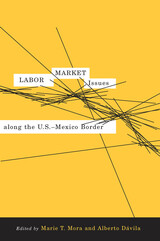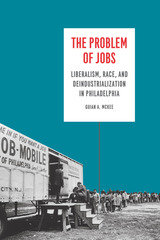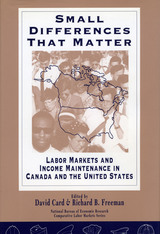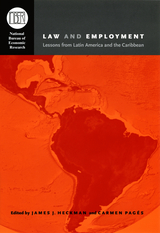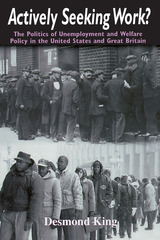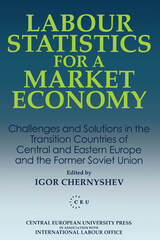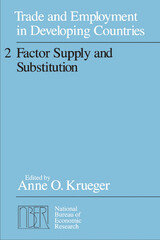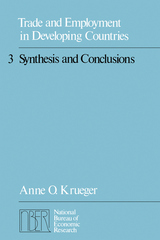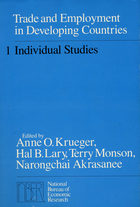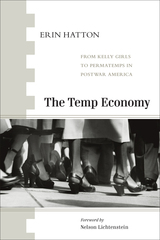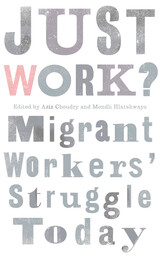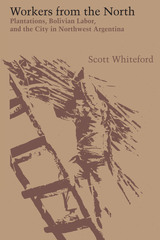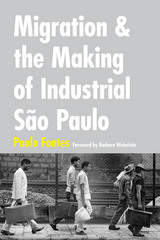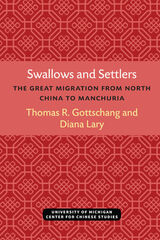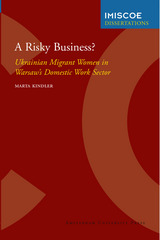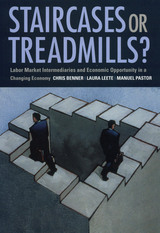Cover
Front matter
Series title page
Title page
Copyright page
Contents
6.2 Precarity and legislative reforms during the crisis years: An assessment
Acknowledgments and Note to the English Edition
Acronyms
I. Labor precarity as a historical phenomenon
II. Historicizing precarious work in the Italian Republic
III. Precarious workers: A readers’ guide
1.1 The invention of precarity: Paolo Sylos Labini’s contribution
1.2 Precarity thy name is woman: Genesis of a debate
1.3 Against precarity: The fight for “job stability”
CHAPTER 2. THE CONSTRUCTION OF STABLE WORK BETWEEN PARLIAMENT AND LABOR LAW
2.1 The parliamentary inquiry into the conditions of workers in Italy
2.2 Legislation on “particular labor relationships” during the boom years
2.3 New regulations on dismissals in the nineteen-sixties
CHAPTER 3. STABILITY OR PRECARITY? THE TWO FACES OF THE LONG SEVENTIES
3.1 The achievement of stability
3.2 In the shadow of the crisis: Industrial restructuring and precarity
3.3 Intellectual precarity and intellectual elaboration on precarity
CHAPTER 4. THE MYTH OF FLEXIBILITY DURING THE ROARINGEIGHTIES
4.1 The flexibility paradigm in economic-sociological thinking
4.2 Labor policies and legislative changes in the shade of flexibility
4.3 The utopia of flexibility between freedom and liberation from work
CHAPTER 5. THE NEW EXPLOSION OF PRECARIOUS WORK BETWEEN THE NINETIES AND THE AUGHTS
5.1 Legislative changes and labor policy between the old and new millennia
5.2 Precarious subjectivity and new forms of self-organization in theaughts
5.3 Precarity between artistic-cultural portrayals and political-trade unionreflections
CHAPTER 6. THE NORMALIZATION OF PRECARITY DURINGTHE YEARS OF THE GLOBAL CRISIS
6.1 Precarity and global crisis: A necessary periodization
6.3 Against Precarity: Mobilization, campaigns, and forms of resistance
Epilogue
Refernces
Index
Back cover

